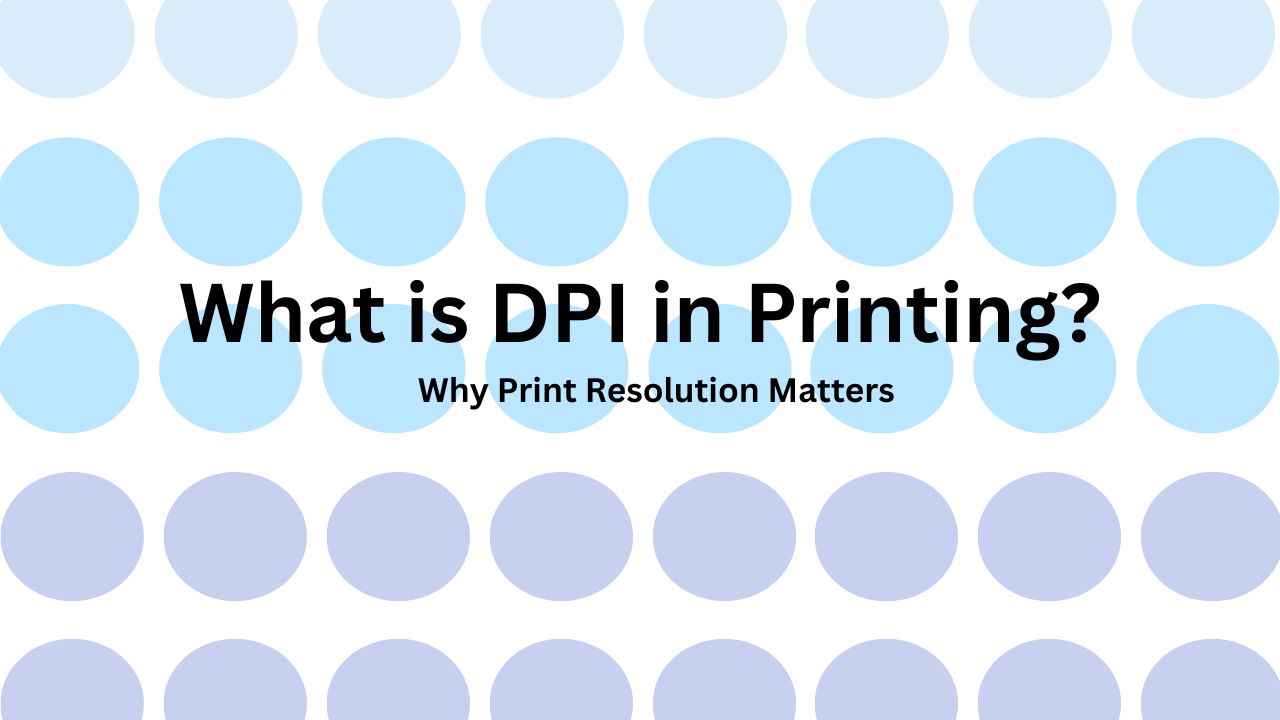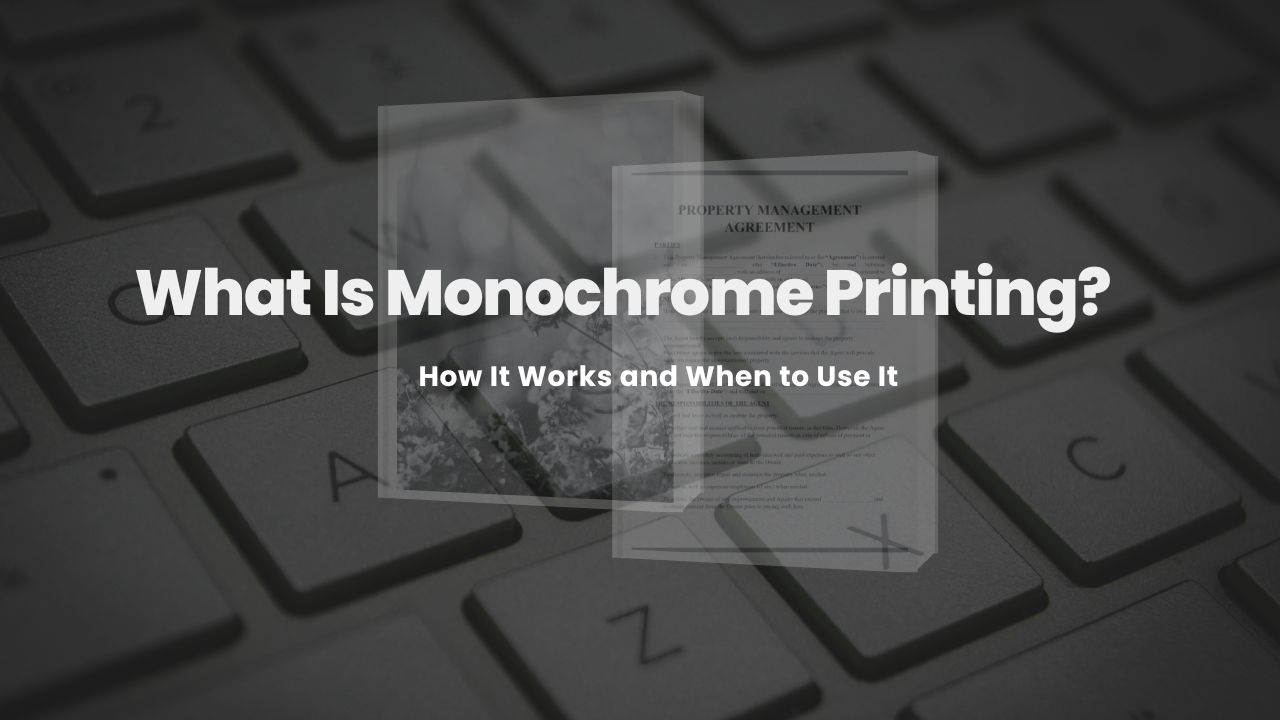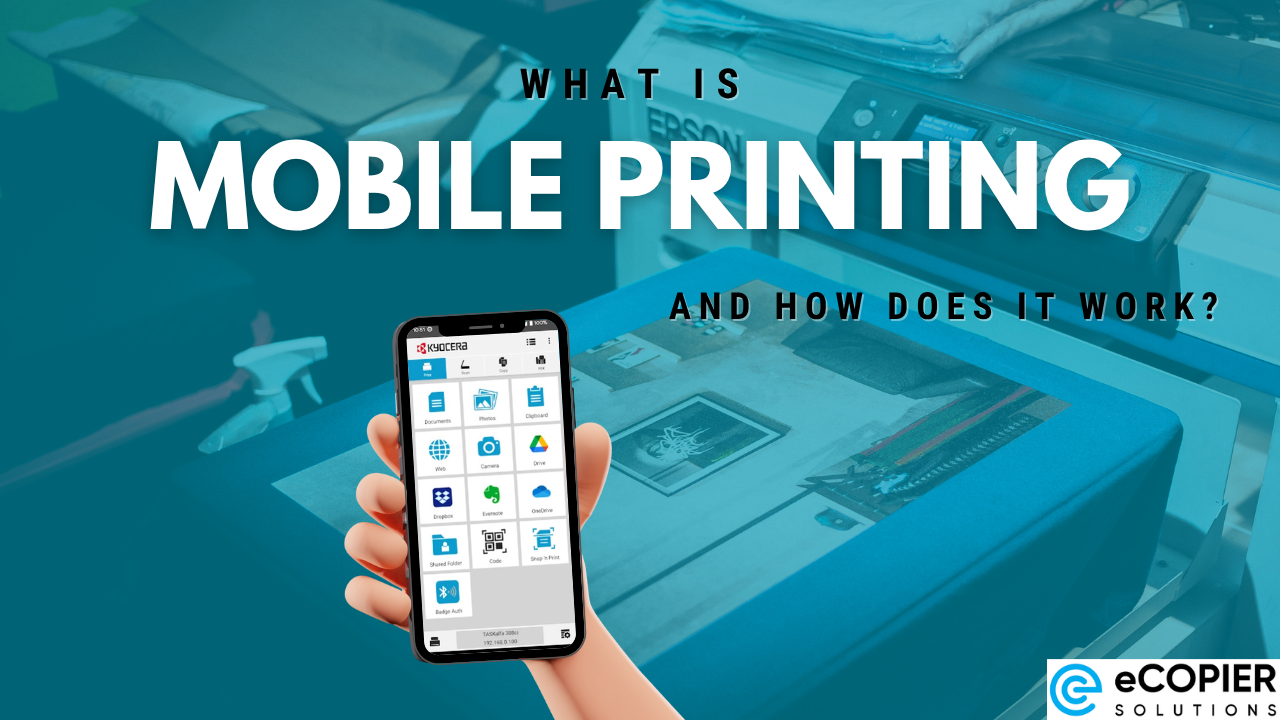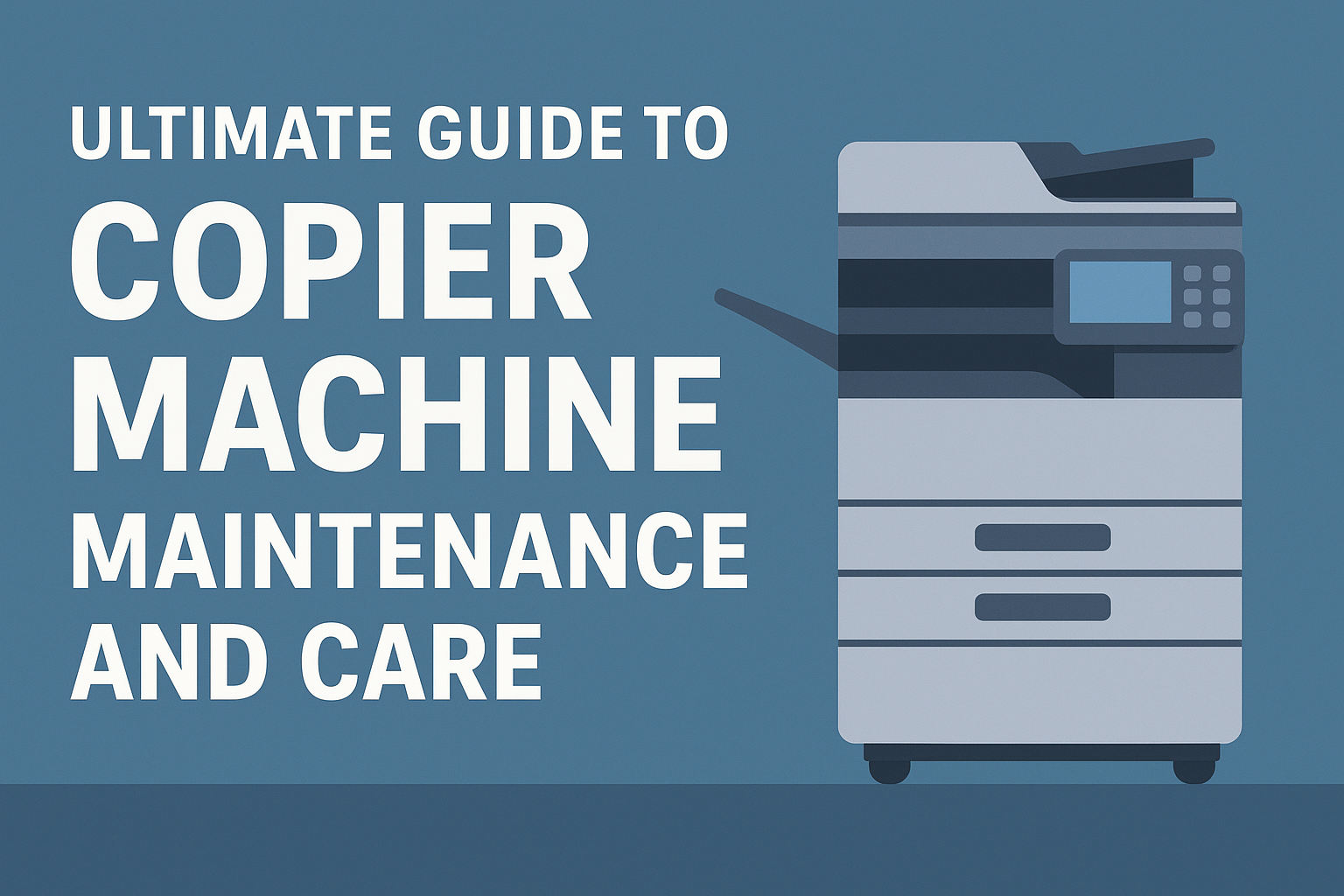Understanding Commercial Copier Costs
When considering the cost of commercial copiers, it's essential to understand the various factors that influence pricing and to analyze the total cost of ownership to make informed decisions.

Factors Affecting the Cost of Commercial Copiers
The cost of commercial copiers is influenced by several key factors:

Understanding these factors can help businesses assess their needs and select a copier that aligns with their budget and requirements.
Analyzing the Total Cost of Ownership
In addition to the initial purchase price, analyzing the total cost of ownership is crucial for budget planning. The total cost of ownership includes not only the upfront cost but also ongoing expenses such as maintenance, supplies, and operational costs over the copier's lifespan.

By analyzing the total cost of ownership, businesses can make informed decisions regarding their investment in a commercial copier and ensure that it aligns with their budget and operational needs.
Initial Investment
When considering commercial copiers, it's essential to understand the initial investment required, which encompasses the base price of the copier along with additional costs that need to be factored in.
Base Price of Commercial Copiers
The base price of commercial copiers can vary significantly based on factors such as brand, model, specifications, and features. Below is an overview of the approximate base prices of commercial copiers across different categories:

It's important to note that these prices serve as a general guideline, and the actual cost may vary based on additional features, functionalities, and optional accessories that you choose to include with the copier.
Additional Costs to Consider
In addition to the base price of the commercial copier, there are several other costs that should be taken into account when determining the total investment. Some common additional costs associated with commercial copiers include:
- Installation Costs: These costs cover the setup and configuration of the copier in your office environment.
- Accessories: Additional accessories such as paper trays, finishers, and staplers can add to the overall cost.
- Software Integration: Costs related to integrating the copier with existing software systems for enhanced functionality.
- Training: Training sessions for staff on how to operate and maintain the copier efficiently.
- Warranty and Service Agreements: Opting for extended warranties or service contracts to ensure ongoing maintenance and support.
By considering both the base price and these additional costs, you can make a more informed decision when investing in a commercial copier that aligns with your budget and printing needs.
Lease or Purchase
When considering acquiring a commercial copier, the decision to lease or purchase is a pivotal one that can significantly impact your overall cost and flexibility. Let's delve into the pros and cons of both leasing and purchasing commercial copiers to help you make an informed choice aligned with your business needs.
Pros and Cons of Leasing
Leasing a commercial copier offers several advantages, especially for businesses looking to manage cash flow and avoid large upfront investments. Below are the key pros and cons of leasing:

Pros and Cons of Purchasing
On the other hand, purchasing a commercial copier provides a sense of ownership and long-term cost benefits. Let's explore the pros and cons of purchasing a commercial copier:

By weighing the advantages and disadvantages of leasing versus purchasing a commercial copier, you can align your decision with your financial goals, operational needs, and long-term business strategy. Whether you prioritize cost efficiency, flexibility, or ownership control, understanding the implications of each option is essential in making an informed choice for your business.
Operational Costs
When considering the total cost of owning a commercial copier, it's crucial to take into account not only the initial investment but also the operational costs associated with its usage. Two key components of operational costs are the cost per page and maintenance agreements or service contracts.
Cost per Page
The cost per page, also known as the cost per print, is a significant factor in determining the overall operational expenses of a commercial copier. This metric calculates the average cost incurred for each page that is printed or copied. It includes expenses related to toner or ink, paper, and any additional consumables required for the printing process.

Comparing the cost per page across different copier models can help you understand the ongoing expenses associated with each option. It's essential to consider your printing volume and requirements when evaluating the cost per page to choose a copier that aligns with your budget and usage patterns.
Maintenance Agreements and Service Contracts
Maintenance agreements and service contracts play a vital role in managing and controlling operational costs for commercial copiers. These agreements typically cover routine maintenance, repairs, and technical support for the copier throughout its lifespan. By opting for a maintenance agreement or service contract, you can ensure that your copier remains in optimal condition and minimize unexpected repair costs.

When deciding on a maintenance agreement or service contract, consider the level of coverage provided, response times for service calls, and the overall cost-effectiveness of the package. Regular maintenance and timely repairs can prolong the lifespan of your copier and prevent costly downtime.
By understanding and accounting for the operational costs, including the cost per page and maintenance agreements, you can make informed decisions when budgeting for a commercial copier. Evaluating these factors alongside other considerations like initial investment and lease options can help you determine the most cost-effective solution for your business's printing needs.
Budgeting for Your Copier
When considering the cost of commercial copiers, it's essential to start by assessing your printing needs and setting a realistic budget. By understanding how much your business relies on printing and copying, you can make informed decisions about the type of copier that will best suit your requirements without overspending.
Assessing Your Printing Needs
Before investing in a commercial copier, take the time to evaluate your printing volume and frequency. Consider factors such as the number of documents you print daily, the type of materials you print (black and white or color), and whether you require additional features like scanning and faxing.

By understanding your printing requirements, you can choose a copier that aligns with your specific needs, helping you avoid unnecessary expenses and ensuring efficient operation.
Setting a Realistic Budget
Once you have assessed your printing needs, it's time to set a realistic budget for your commercial copier. Consider not only the initial investment cost but also ongoing operational expenses like maintenance, toner replacement, and paper costs. It's crucial to account for all potential expenses to avoid budgetary surprises down the line.

By creating a comprehensive budget that encompasses all aspects of owning and operating a commercial copier, you can make an informed decision that balances your printing needs with your financial constraints. Remember to factor in potential future growth and scalability to ensure that your copier investment remains cost-effective in the long run.
Cost Comparison
When it comes to commercial copiers, comparing different models is essential to make an informed decision based on your specific requirements. By evaluating various aspects such as features, performance, and costs, you can determine which copier offers the best value for your investment.
Comparing Different Models

Each commercial copier model comes with its own set of features and capabilities. Model A offers color printing and high-speed performance, ideal for businesses with high-volume printing needs. Model B is suitable for monochrome printing at a slightly lower cost, catering to smaller businesses. Model C provides basic color printing functions at a more budget-friendly price point.
When comparing different models, consider factors such as printing speed, duty cycle, and additional features to determine which copier aligns best with your business requirements.
Evaluating Long-Term Cost Savings
In addition to the initial purchase price, evaluating long-term cost savings is crucial when selecting a commercial copier. Consider maintenance costs, consumables, and energy efficiency to get a comprehensive view of the total cost of ownership over time.

Model A may have a higher upfront cost but lower maintenance expenses compared to Model B and C. However, Model B offers a lower cost per page, which can result in significant savings for businesses with regular printing needs. Model C boasts lower energy consumption, contributing to reduced operational costs over time.
By carefully comparing different commercial copier models and evaluating long-term cost savings, you can make a well-informed decision that not only meets your printing requirements but also fits within your budget constraints.
Sources
https://www.360connect.com/product-blog/how-much-does-a-office-copier-cost/
https://www.beltwayos.com/how-much-does-a-copier-cost/
https://www.stptexas.com/blog/how-much-does-copier-cost





.jpg)

























